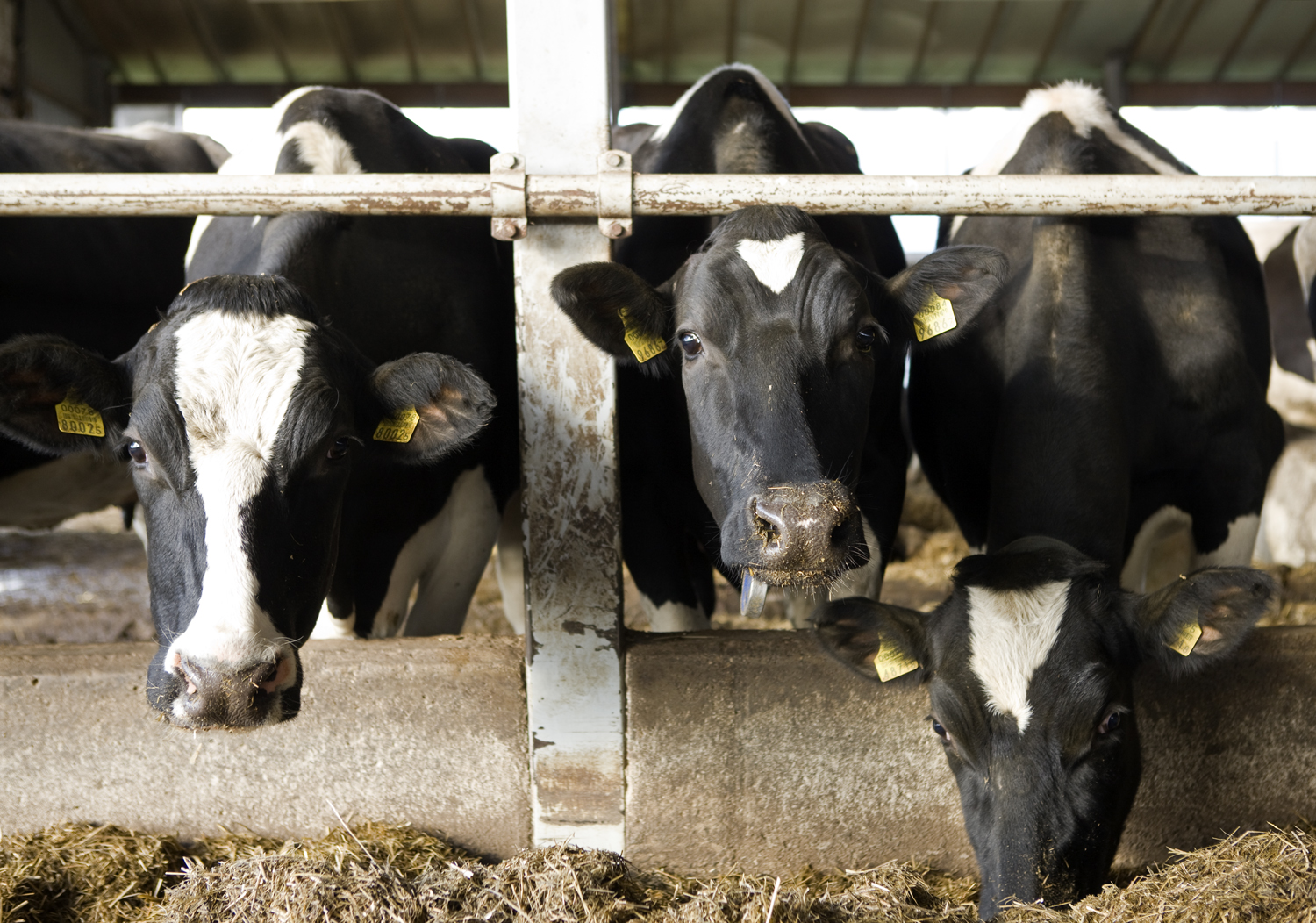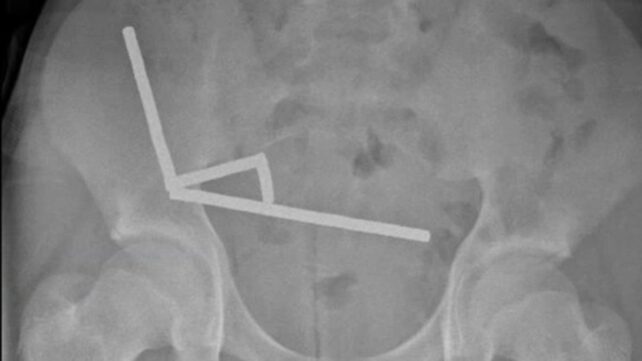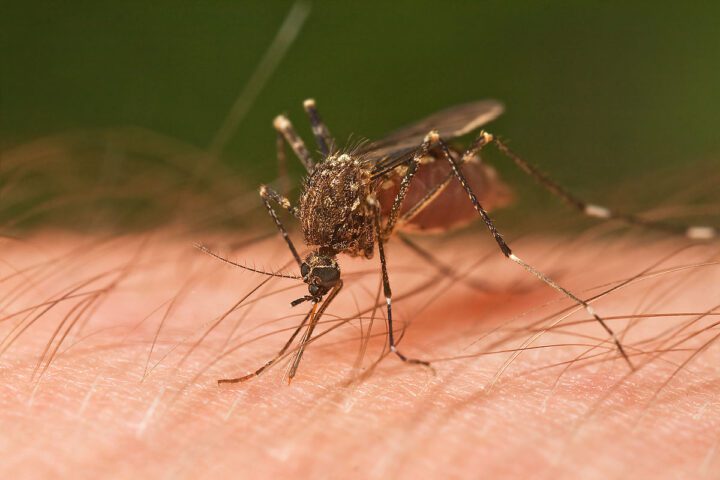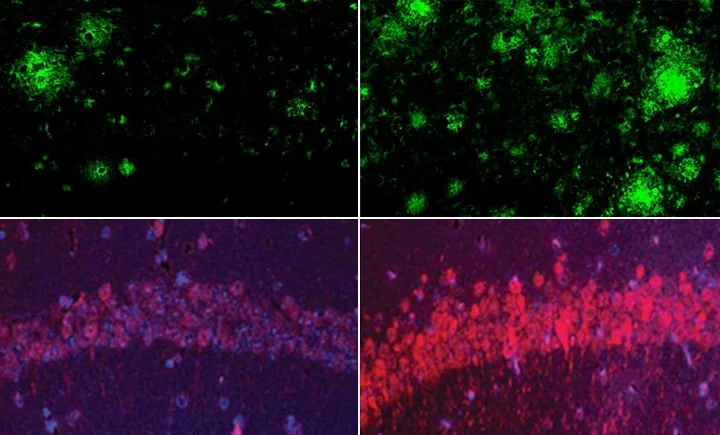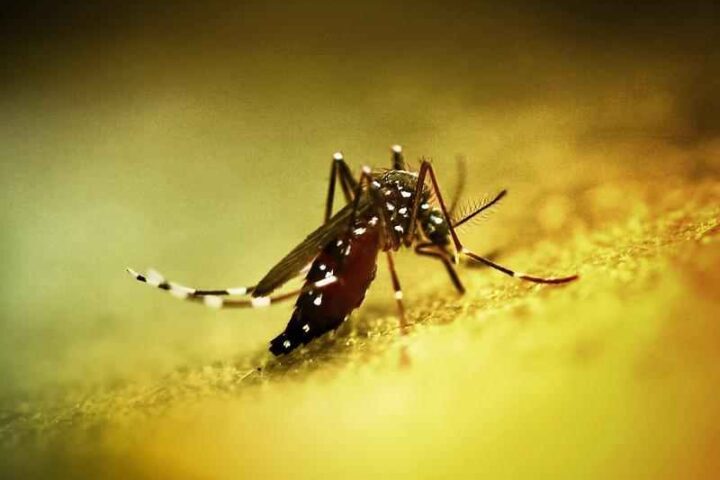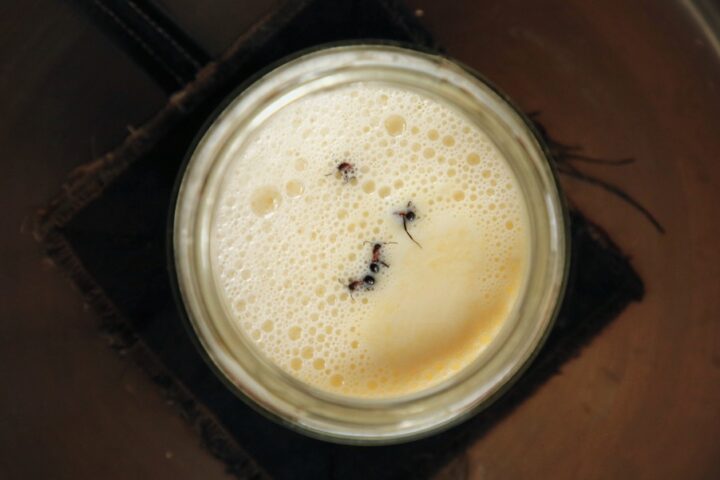The US health authorities stated that there is currently no risk of a pandemic from avian flu A(H5N1), despite outbreaks in 12 states among dairy cows, and at least three people infected with this virus so far this year. “The HPAI A(H5N1) viruses currently circulating in the United States have thus far not demonstrated the ability to efficiently bind to receptors that predominate in the human upper respiratory tract,” said CDC. “This is a major reason why CDC assesses the current risk to the public from HPAI A(H5N1) viruses to be low,” the CDC added. The federal agency emphasizes that its surveillance systems, which include monitoring of wastewater, show no indicators of “unusual influenza activity,” including avian influenza A(H5N1).
Former CDC director during the Trump administration, Robert Redfield, recently said “I really do think it’s very likely that we will, at some time, it’s not a question of if, it’s more of a question of when we will have a bird flu pandemic.” Mr Redfield suggested that the mortality rate for the bird flu would probably be ”somewhere between 25 and 50 percent.”
However, the CDC emphasizes that while the risk is low, the CDC is monitoring the situation “carefully” and working with states to monitor people exposed to animals infected with this influenza, a highly contagious subtype of avian flu detected in livestock pens in 48 states. According to the agency, since the current outbreak began in April this year in Texas, the CDC and local/state health departments have been monitoring agricultural workers exposed to infected cattle for ten days after exposure. In total, at least 690 people have been monitored, with 51 tested for the new influenza A, resulting in three confirmed cases of avian flu A(H5N1), two in Michigan and one in Texas.
The three agricultural workers who became infected after exposure to the avian flu spreading among cattle presented only mild symptoms, such as eye irritation. Some scientists, however, fear the virus could mutate and spread from person to person like seasonal flu, potentially triggering a pandemic, although according to the Cleveland Clinic, this possibility of transmission is “extremely rare.” For now, the CDC insists that the best way to prevent avian influenza H5N1 is to avoid sources of exposure whenever possible.
“Influenza A viruses infect the respiratory and gastrointestinal tracts of birds causing birds to shed the virus in their saliva, mucous, and feces,” explained the CDC. “Virus infection has been reported in wild mammals such as foxes, bears, seals, and sea lions, and in domesticated animals, including pets such as cats and dogs, farmed mink and foxes, and livestock such as goats and cows,” they said.
Similar Posts
The CDC suggests citizens “avoid exposures to animal poop, bedding (litter), unpasteurized (“raw”) milk, or materials that have been touched by, or close to, birds or other animals with suspected or confirmed A(H5N1) virus, if possible.” The CDC recommends, “People should not drink raw milk,” as pasteurization kills any bacteria or virus, including “A(H5N1) viruses, and pasteurized milk is safe to drink. “Likewise, everybody should avoid exposure to sick or dead animals, “including wild birds, poultry, other domesticated birds, and other wild or domesticated animals (including cows), if possible,” cautioned the CDC.
